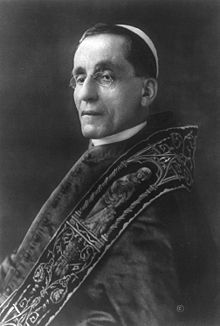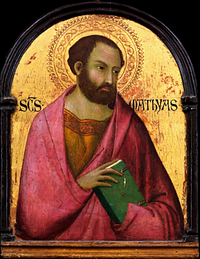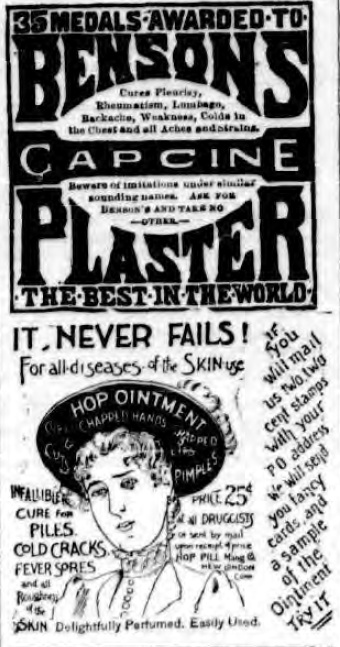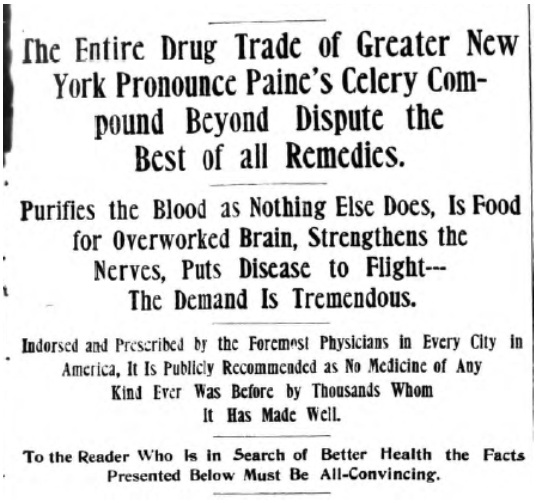In this life, many of us face impossible situations that appear hopeless. Such things can lead to desperation, depression, and even thoughts of giving up. A person may perceive that there is no relief in sight. Such might be thought of as a lost cause. However, in the tradition of St. Rita, there is help for situations that might seem impossible.
May 22 is the observance of the Feast Day of St. Rita of Cascia, otherwise known as a saint for impossible causes and desperate cases. She lived from 1381 to 1457. She endured many things that otherwise seem quite impossible to most of us.
1. Domestic violence
At twelve years old, St. Rita endured an arranged marriage to a wealthy and violent man named Mancini. Her young adulthood was characterized with physical and emotional trauma. He had frequent anger outbursts and she was mistreated and abused for nearly 20 years. Mancini was described as a corrupt person and was despised by the community. He made a lot of enemies. For these reasons abused women traditionally sought out the intercession of St. Rita.
2. Unfaithful spouse
St. Rita dealt with years of infidelities from her husband. However she counteracted this with patience, love, humility, and kindness. After much prayer, fasting, and frequenting the Sacraments, St. Rita experienced a changed husband. Mancini repented of his ways and asked for her forgiveness. Her home then became a haven for peace, but unfortunately this lasted for only a short time.
3. Loss of spouse
Due to his violent past, Mancini’s life was cut short when he was stabbed to death by enemies.This occurred right after his conversion. St. Rita became a widow at a young age with two children.
4. Loss of children
Her two young sons became enraged with the murder of their father and vowed to carry out revenge once they became young men. St. Rita discouraged this for fear that they would lose their souls. She prayed to God for an end to the violence. Both her sons ended up contracting disease and died in a state of grace before they were able to carry out their Vendetta against their father’s slayers.
5. Thwarting of life goals
St. Rita wanted to enter a convent during her youth, but her parents discouraged it and had arranged her marriage at a young age. Once she was widowed, she applied to the convent but was rejected. The nuns at the monastery were afraid to be associated with her due to the scandal caused by the murder of her husband. She persisted in her application and eventually they let her stay. It is claimed that she was miraculously aided by Saints John the Baptist, Augustine, and Nicholas of Tolentino to enter the locked and bolted convent at night. She ended up living out her life by the Augustinian Rule in Cascia, Italy.
6. A wound that would not heal
She contracted an open wound on her forehead that festered and produced a stench which made it difficult for others to be near her. She likened this to a thorn that had inflicted the head of Christ. It is reported that after her death the sore emitted a smell comparable to roses. This is why prayer cards and images of St. Rita are often depicted with a wound in the middle of her forehead. She is also shown with a rose which represents her ability to intercede on behalf of lost causes.
7. Infertility
During her early years at the convent, a superior wanted to test St. Rita’s obedience and required that she plant an apparently dead piece of wood. St. Rita was ordered to water and tend to this stick on a regular basis. Eventually the twig grew into a grape vine which bore fruit. The centuries old plant is reported to still be on the grounds of the convent today. Its leaves are crushed into a powder and given to the sick around the world. It is an example of her help to lost causes.
8. Bee stings
St. Rita is also associated with bees.The day after her baptism, white bees swarmed around her face while she was in her baby crib. These insects went into her mouth without causing her any harm. Some believe that these bees foreshadowed her beatification by Pope Urban VIII whose family coat of arms featured the bee.
9. Physical decay
The body of St. Rita is noted to remain incorrupt.This means that her flesh is still intact after centuries even though her body wasn’t properly entombed nor preserved. When her crypt was first opened for her beatification after 150 years, her skin was still its natural color. A church in Cascia, built in her honor in 1945, became a basilica in 1955. Her body, which is only slightly discolored, can still be viewed by pilgrims in a glass case at the basilica. Some say that her eyes have opened and closed on their own and that her body shifts from time to time.
Her bizarre circumstances still make her a saint for modern day
It is never advocated that a person stay in a violent and dangerous situation, however the example of St. Rita is a testimony to the power of prayer, fasting, and the Sacraments when seeking help with situations that appear to be unbearable.Throughout all of her challenges she remained diligent, humble, and faithful. She endured some issues that were cultural specific, such as being forced into marriage at a young age, however her challenges are not quite unlike what some people have to deal with today.
Prayer to St. Rita
Dear Rita, model Wife and Widow, you yourself suffered in a long illness showing patience out
of love for God. Teach us to pray as you did. Many invoke you for help, full of confidence in your
intercession. Deign to come now to our aid for the relief and cure of [name of sufferer]. To God, all
things are possible; may this healing give glory to the Lord.











